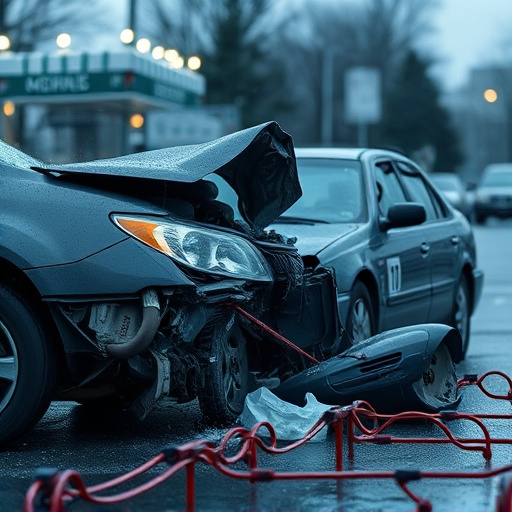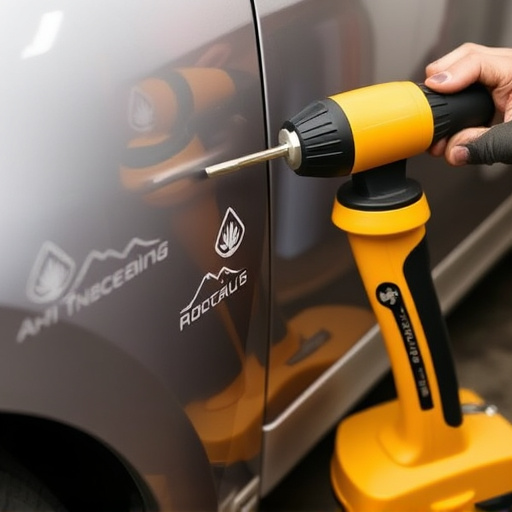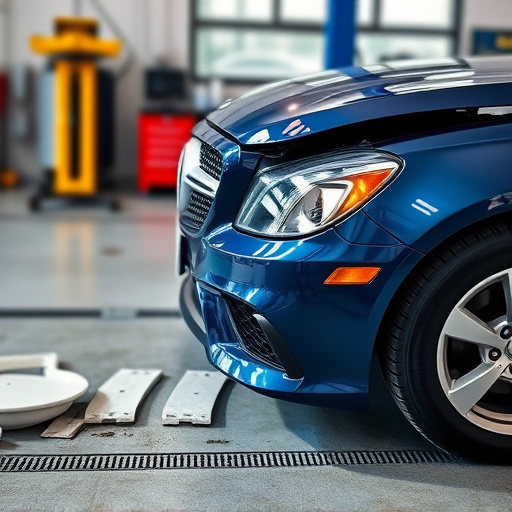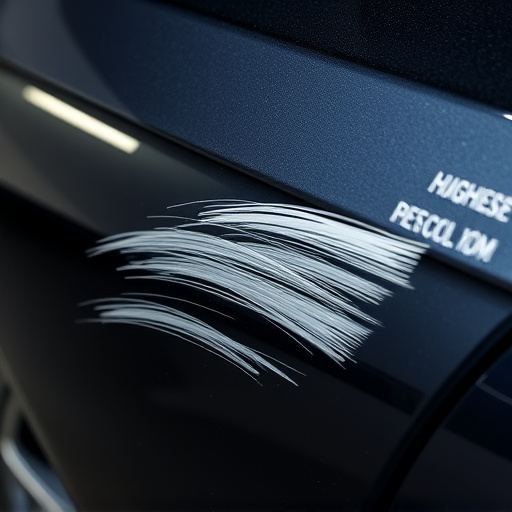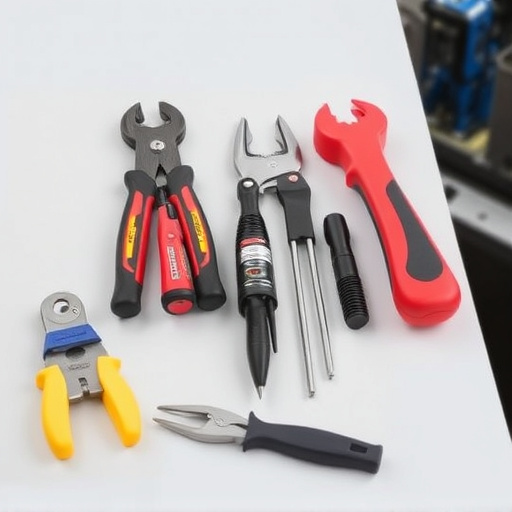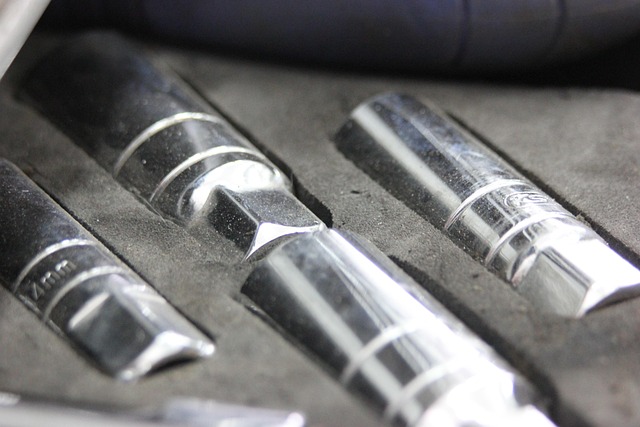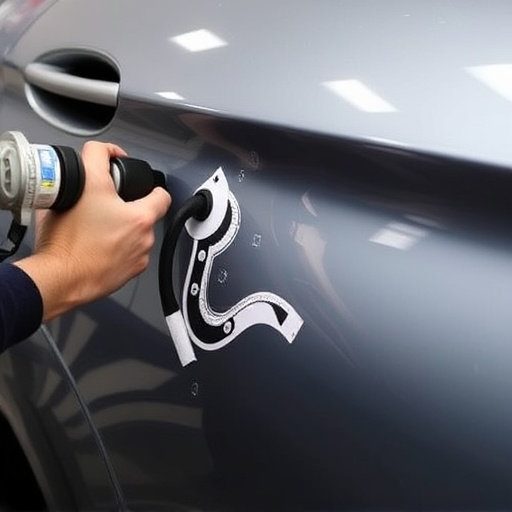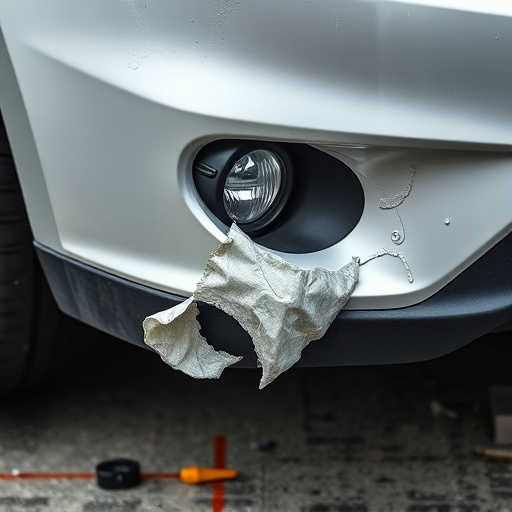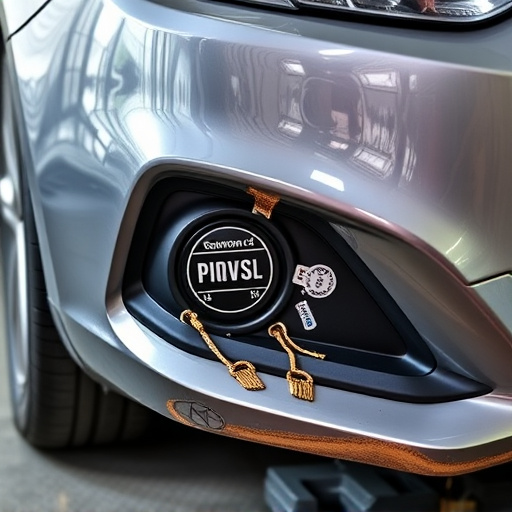Mercedes prioritizes safety and system optimization through meticulous radar recalibration. This process ensures advanced driver assistance systems (ADAS) remain accurate, despite environmental factors or vehicle damage. Using specialized tools, Mercedes calibrates sensor range, sensitivity, and angle settings after a thorough inspection, guaranteeing seamless integration with other car sensors for peak performance in all models.
Mercedes radar recalibration is a critical process that ensures the precision and effectiveness of the car’s Advanced Driver Assistance Systems (ADAS). Modern Mercedes vehicles rely on sophisticated radar technology for features like adaptive cruise control, collision avoidance, and lane keeping. Regular recalibration is vital to maintain optimal system performance and enhance safety. This article delves into the understanding of Mercedes radar technology, highlights the importance of recalibration, and provides a step-by-step guide to ensure full system communication accuracy.
- Understanding Mercedes Radar Technology and Its Role in Advanced Driver Assistance Systems (ADAS)
- The Importance of Radar Recalibration for Optimal System Performance and Safety
- Step-by-Step Process of Mercedes Radar Recalibration: Ensuring Precise Communication Across the Entire System
Understanding Mercedes Radar Technology and Its Role in Advanced Driver Assistance Systems (ADAS)
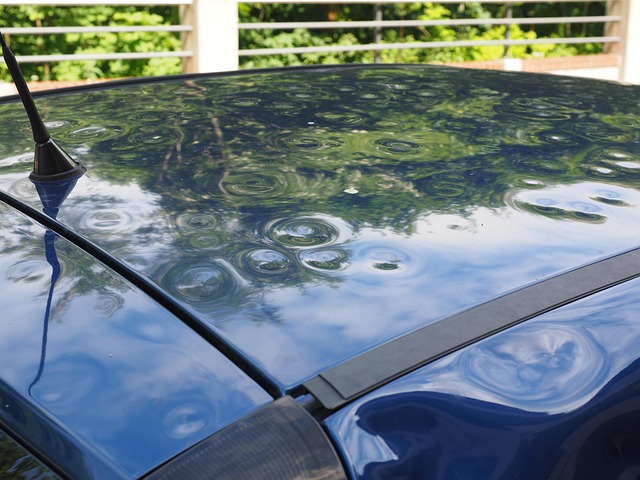
Mercedes has been a pioneer in automotive technology for decades, and their radar technology is at the heart of many advanced driver assistance systems (ADAS). These systems include features like adaptive cruise control, lane-keeping assist, and collision avoidance, all designed to make driving safer and more efficient. The Mercedes radar recalibration process ensures that these critical systems communicate accurately with one another, maximizing the effectiveness of ADAS.
The radar technology itself is intricate, using electromagnetic waves to detect and track objects around the vehicle. Proper calibration is crucial for accurate readings and reliable performance, as even minor disruptions can lead to life-safety risks. Mercedes employs advanced techniques in auto body painting (and automotive repair) to recalibrate these systems, ensuring they function seamlessly with other sensors and software components within the car’s complex network. This meticulous approach underscores Mercedes’ commitment to delivering cutting-edge technology that enhances driving experience while prioritizing safety.
The Importance of Radar Recalibration for Optimal System Performance and Safety
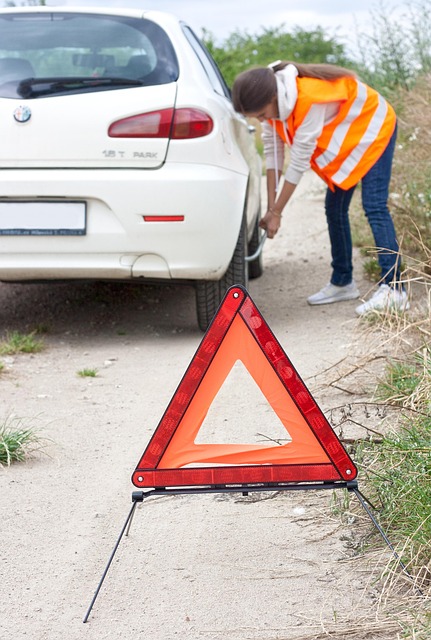
Mercedes radar recalibration plays a pivotal role in maintaining optimal system performance and enhancing safety features across all models. This process ensures that the car’s radar sensors, integral to advanced driver-assistance systems (ADAS), function accurately and consistently. Regular recalibration is crucial because environmental factors, such as weather conditions, debris on the road, and even slight vehicle damage from incidents like a minor fender bender or car dent repair, can disrupt the precision of these sensitive radar arrays.
Over time, these disturbances may accumulate, leading to communication inaccuracies between different system components. For example, while seemingly insignificant, a small dent repair that affects the vehicle’s frame could slightly alter how the radar signals are reflected and received. Without recalibration, this could result in potential safety risks, such as misinterpreting obstacles or pedestrians, compromising the effectiveness of emergency braking systems, lane-keeping assist, and adaptive cruise control—all critical aspects for both driver comfort and road security. Thus, regular Mercedes radar recalibration is essential to maintain peak system performance and ensure a safe driving experience, akin to keeping an intricate machinery’s gears well-oiled and precise.
Step-by-Step Process of Mercedes Radar Recalibration: Ensuring Precise Communication Across the Entire System
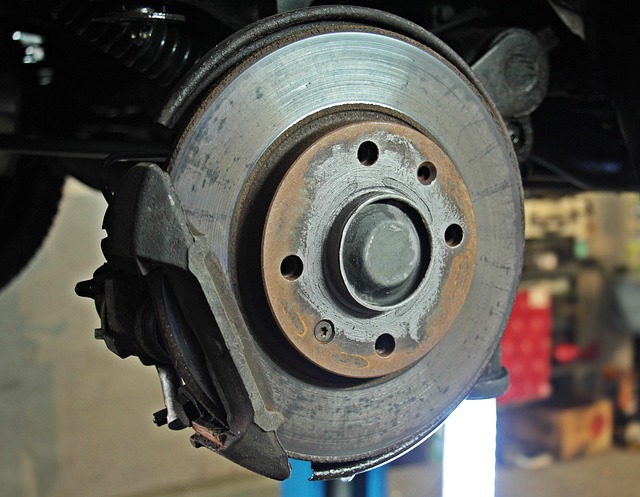
The Mercedes radar recalibration process is a meticulous procedure that ensures optimal performance and communication accuracy across every component of the vehicle’s safety system. It involves several critical steps designed to maintain seamless coordination among the radar sensors, control units, and other associated electronics.
First, the vehicle undergoes a thorough inspection to identify any potential issues or discrepancies in the radar system. This is followed by precise adjustments to the radar signals, fine-tuning its capabilities for precise object detection and tracking. The process includes recalibrating the sensor’s range, sensitivity, and angle settings, ensuring accurate data transmission between the radar and other systems like the vehicle’s Advanced Driver Assistance Systems (ADAS). Specialized tools are employed to verify the system’s performance, simulating real-world scenarios to confirm the radar’s effectiveness in detecting and responding to obstacles. This meticulous recalibration is essential for maintaining safety standards, especially in modern vehicles with sophisticated autonomous driving capabilities. It plays a pivotal role in ensuring optimal performance during collision repair services, whether in a dedicated automotive collision repair shop or addressing minor vehicle dent repairs.
Mercedes radar recalibration is a vital process that ensures the seamless communication and optimal performance of the brand’s advanced driver assistance systems (ADAS). By recalibrating the radar, Mercedes vehicles can accurately detect and interpret their surroundings, enhancing safety and providing drivers with a more responsive and reliable driving experience. This meticulous step-by-step process guarantees that every component of the ADAS works in harmony, ultimately contributing to safer and more efficient navigation in today’s complex driving environment.


